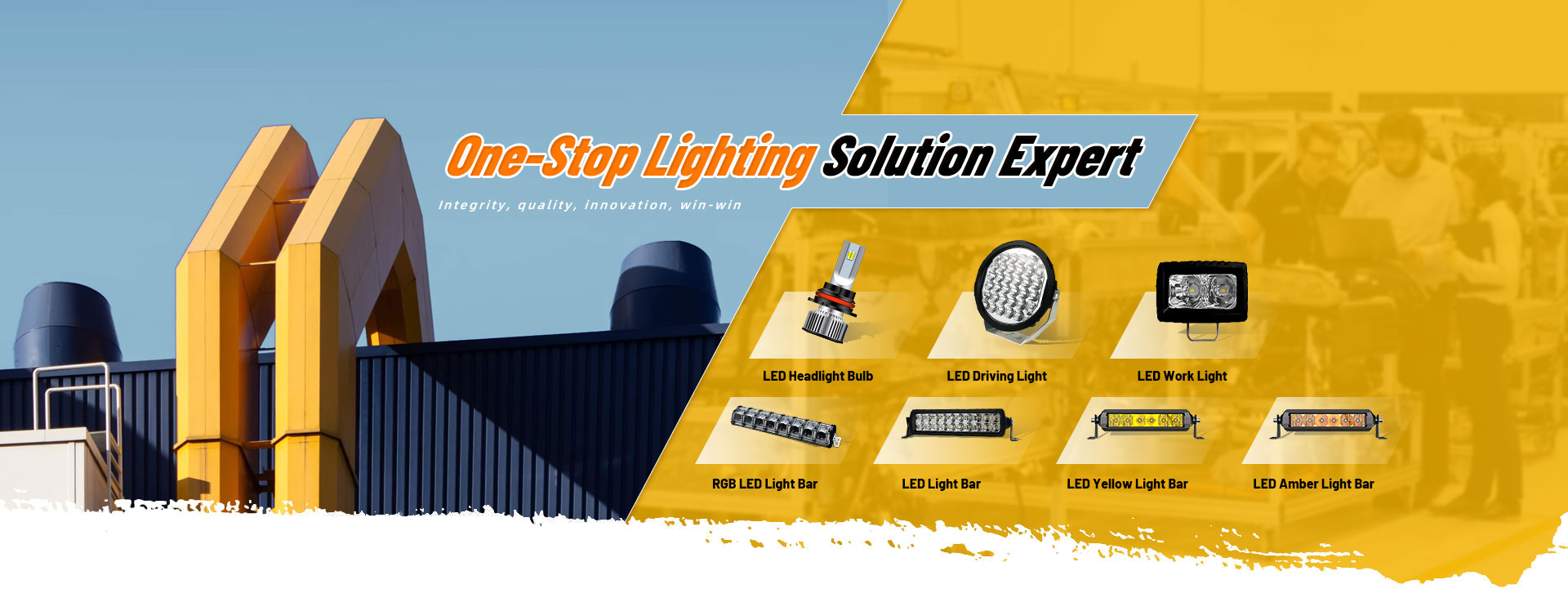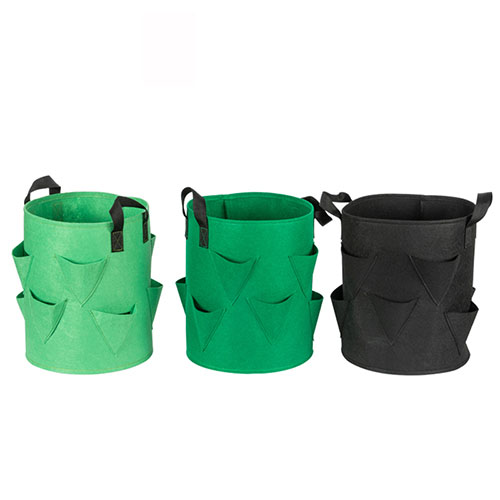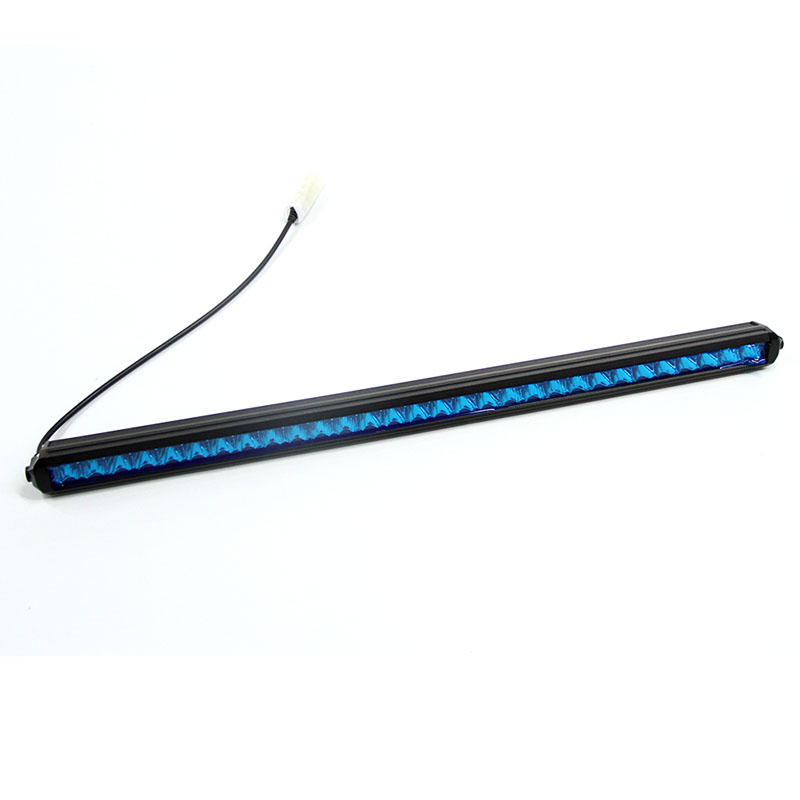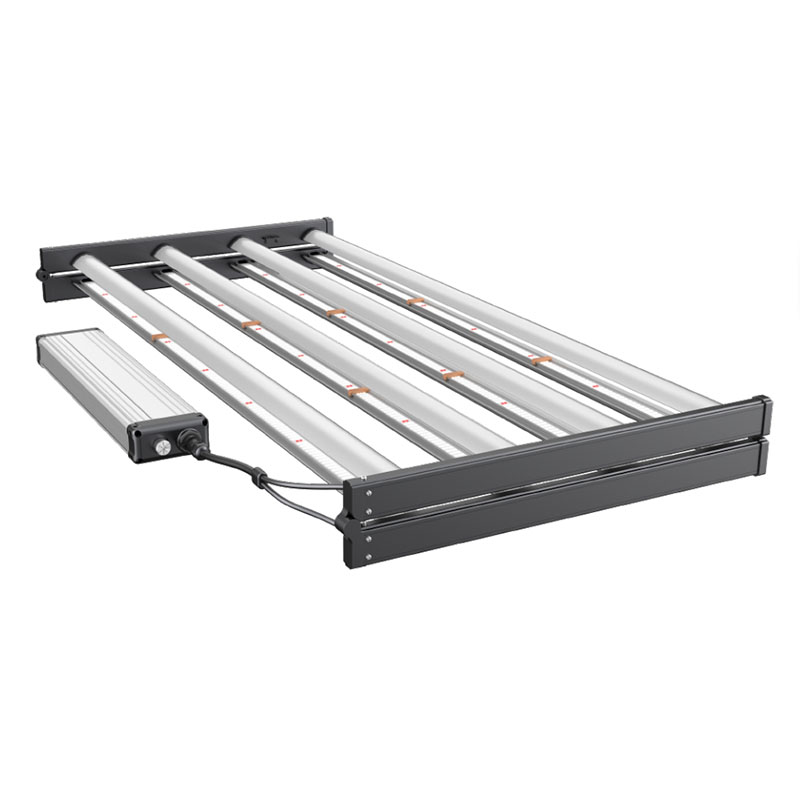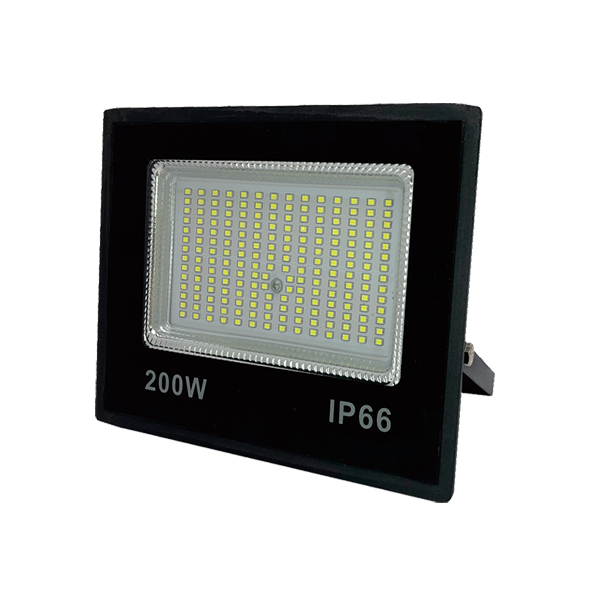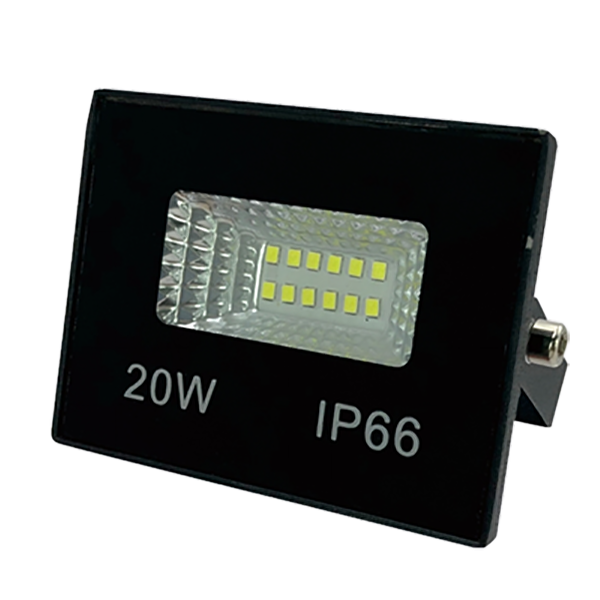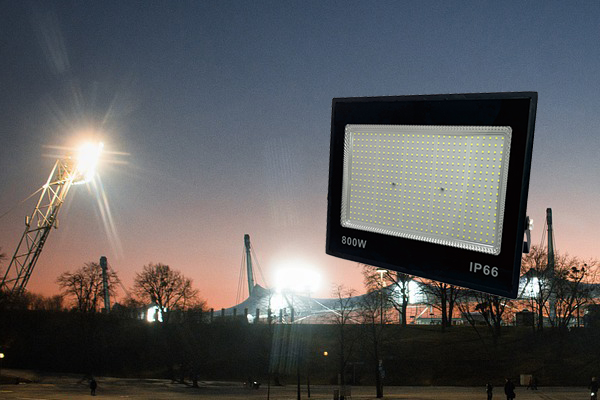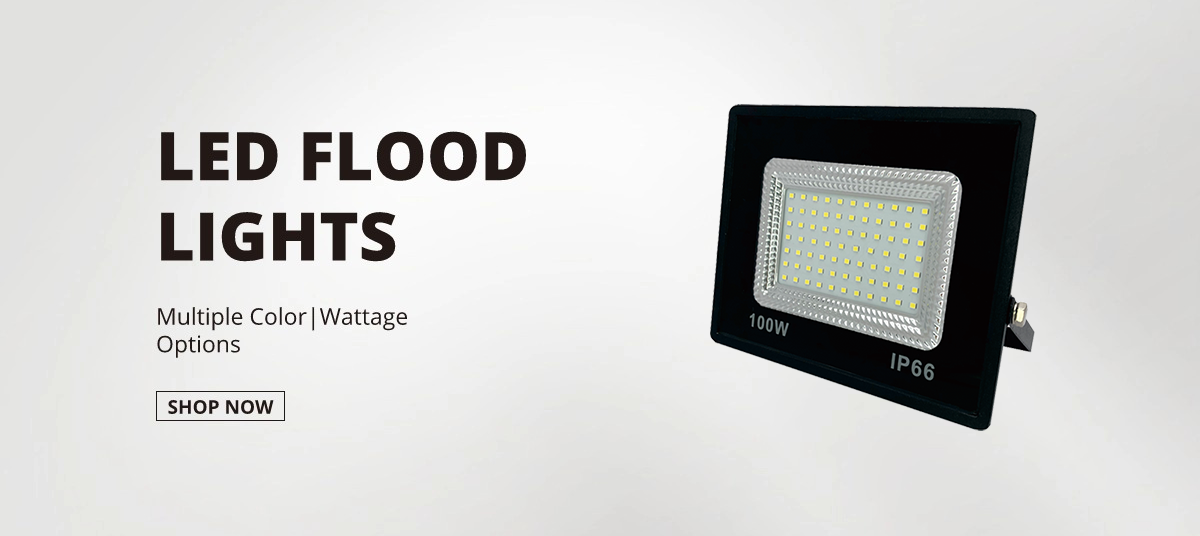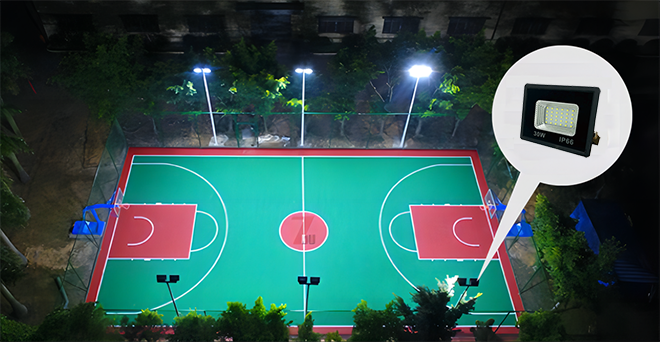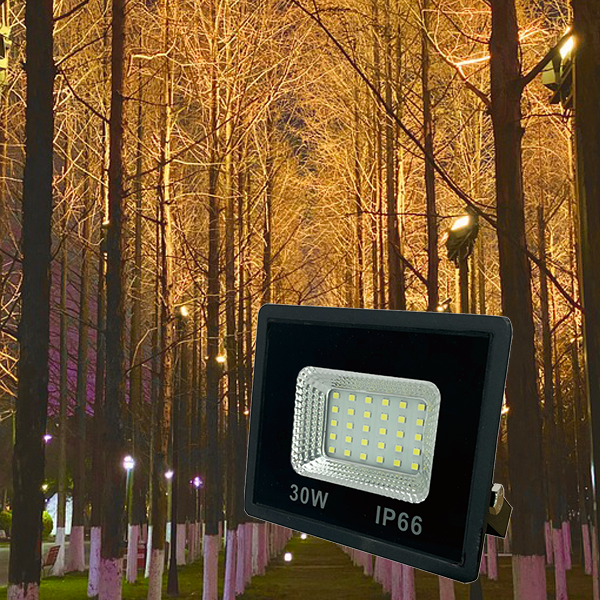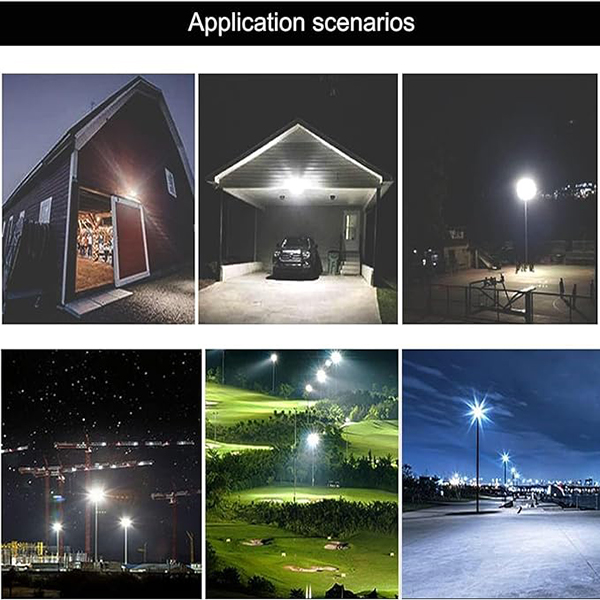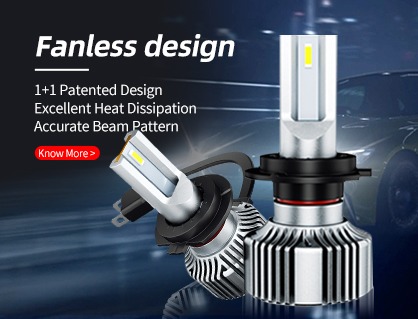
Using LED headlights in cold weather can be a challenge. Slush and snow can cling to plastic housings. LED lights do not produce enough heat to melt snow. Halogen projectors, on the other hand, produce enough heat to melt the snow. And, the residual heat of your car engine cannot transfer through the plastic housing. This problem can be addressed by using a halogen projector.
Problems with LED headlights in cold weather
Using LED headlights in cold weather poses many problems. First of all, snow can stick to the lenses. If you have snow-covered headlights, they will appear dim or obstructed. Second, because LED lights do not produce heat, they will not conduct the residual heat of the engine through the plastic housing. Third, drivers may not be able to see clearly enough to see where they are going.
Another common problem with LED headlights in cold weather is ice buildup. Although LEDs have a thermal management system that draws heat away from the lens, many can still experience ice buildup. This depends on the ambient temperature and the type of headlights used. However, if you drive your car in very cold weather, you may have to avoid driving during the daytime because of the risk of ice buildup.
Solutions to prevent ice build-up
LED headlights are particularly susceptible to ice build-up due to the heat they generate. While many headlights feature built-in lens washers and a thermal management system, there are some that don't. A heated solution is not a federal regulation.
LED headlights aren't the only problem caused by heavy snow. Heavy snow sticks to the lenses and makes them less visible. Fortunately, LED headlights have heat sinks that are external to the housing, so they don't experience as much heat as other types of bulbs. Nonetheless, drivers must make sure to wipe headlights before driving in light snow. Some even wax or seal the lenses.Clight LED car light bar use military-grade waterproof breather to keep inner and outer airflow balance, eliminates fogging or condensation inside the lights.Integrated heat dissipation to prevent freezing

One common cause of ice build-up is the faulty installation of headlight bulbs. The wiring that connects LED bulbs to the vehicle's headlights is too thick. This can cause the bulbs to overheat and break. LED bulbs need to be cooled by fans and fins. The heat sink itself must be designed to effectively prevent ice build-up. There are also many other solutions that could prevent snow from building up on the bulbs.
Energy efficiency of LED headlights bulb
If you're an automotive industry professional, you know that LED headlights are more energy efficient than traditional halogen lights and can generate as much as 275% more light. LED headlights also produce significantly less heat, and they typically don't produce as much ice or fog. But the LEDs used in headlights aren't built to melt snow off vehicle lenses. That's a common complaint of drivers in cold climates. To avoid this problem, automakers have made several different designs to solve the problem.
LED headlights have other benefits as well. LED headlights are up to 85% more energy efficient than incandescent lights. Conventional halogen units generate a lot of heat and waste power. In contrast, LED headlights produce very little heat and are therefore much more energy efficient. That said, they still require power to operate, and leaving the lights on all night won't help you save any money.
Although LED headlights are more energy efficient than halogens, their price is high. LED headlights are more expensive than their halogen counterparts, but they last the life of a car. However, they don't put out much heat, and their smaller size allows for more innovative designs. However, while LED headlights don't create as much heat as their halogen counterparts, they need to be fitted with a cooling system to prevent them from melting.

